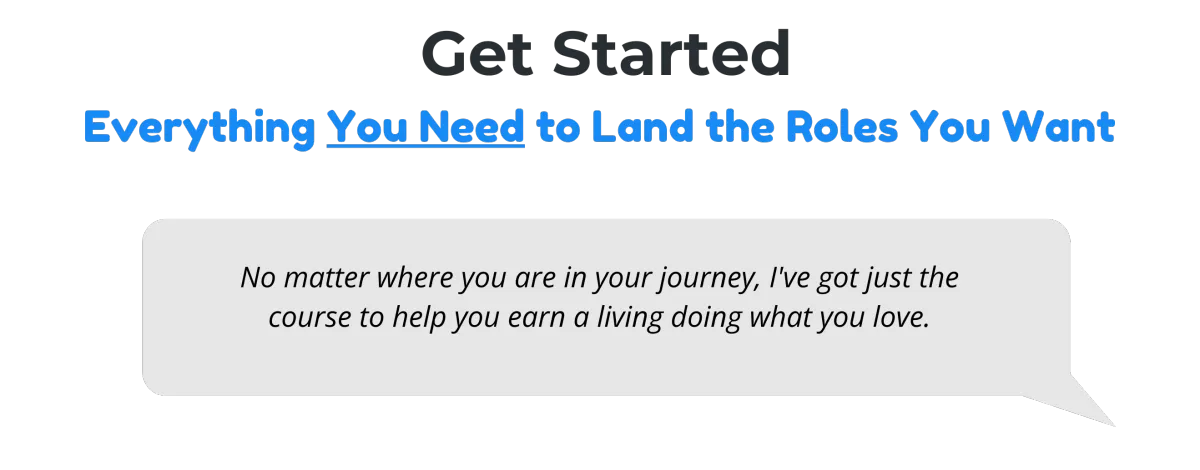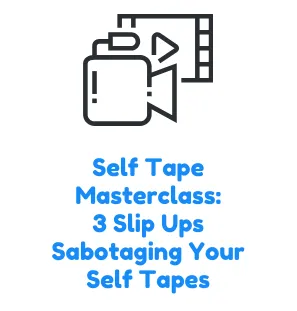Book The Audition
Room
Learn from me, Mel Mack, Casting Director, SAG-AFTRA member and author of "101 Acting Tips" with over 30 years of experience in the entertainment industry. I know exactly what it takes to get cast; from creating your electronic press kit to nailing your self-tapes and audition prep. I’ll teach you how to walk into every audition with the confidence to book more roles and build a career you’re proud of.


Still Wondering
Why You Aren't
Landing More Jobs?
You're doing the work. You're submitting self-tapes, investing in headshots, and showing up for every audition...
but
You're still not booking roles. You might even be second-guessing your choices and wondering why other actors seem to "figure it out."

The truth is...
Most actors struggle because their self-tapes aren't quite cutting it, their branding feels generic, and they just don't know how to stand out.
As a Casting Director who sees thousands of self=tapes every month and an actor who still actively auditions, I know exactly what works and what doesn't.
It’s Time to Build the Confidence and Career You’ve Always Wanted
Find out how for free
Hi I'm Mel
About Your Coach
Mel Mack
Casting Director, SAG-AFTRA Actor, Acting Teacher, Author
As a casting director, working actor, coach, author of “101 Acting Tips” and SAG-AFTRA member, I know what it’s like to be on both sides of the camera. But it wasn’t until I sat on the Casting side that I was able to see where so many actors go wrong. After watching more than 500,000 auditions, I can tell you this: it’s not for a lack of talent.
I’ve helped hundreds of actors worldwide find the confidence to book recurring roles, series regular roles, film, commercial and voice over roles.


Get Started
Everything You Need to Land the Roles You Want
No matter where you are in your journey, I've got just the course to help you earn a living doing what you love.





Real-Time IG Tips for Actors
On the Blog
My Casting Director Audition Tips, Industry Advice and More...

Creating an Actor EPK That Stands Out to Casting Directors
Want to learn how to build a standout actor EPK that showcases your brand, lands auditions, and gets casting directors to notice you? I’ll show you. ...more
Acting
May 29, 2025•6 min read

Self-Tape Audition Tips from a Casting Director: Book the Role from Home
Master your next role with expert self-tape audition tips from a casting director. Improve your self-tape setup, stand out and book more auditions now. ...more
Acting
April 28, 2025•9 min read

Mastering the Full Body Slate: 3 Mistakes Every Actor Should Steer Clear Of
Test ...more
Acting
March 17, 2025•6 min read










